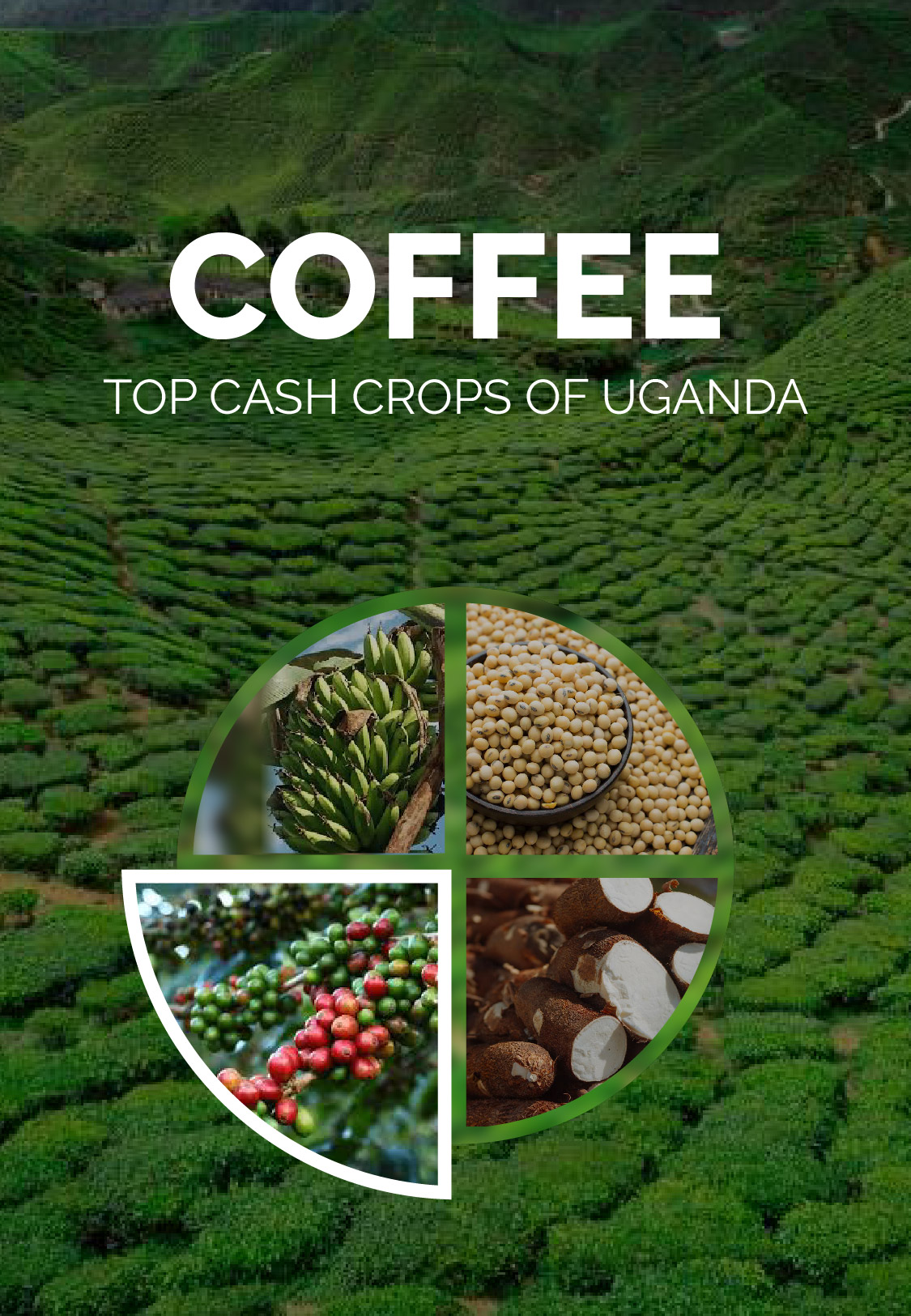Chicken broiler farming in Kenya involves the commercial rearing of chickens specifically for meat production. Broilers are a type of chicken breed that is bred and raised to reach a marketable weight in a relatively short period. Here's a description of chicken broiler farming in Kenya:
Housing and Infrastructure: Broiler farming requires well-designed housing facilities that provide a controlled environment to support the birds' growth and health. Broiler houses are designed to ensure proper ventilation, temperature control, lighting, and hygiene. Adequate space is allocated to each bird to prevent overcrowding and promote healthy growth.
Day-Old Chicks and Breeding: Broiler farming begins with the procurement of day-old chicks from hatcheries. These chicks are bred to have fast growth rates and efficient feed conversion. Modern broiler breeds have been selectively developed to maximize meat production within a short period.
Feeding and Nutrition: Nutrition is a critical factor in broiler farming. Commercially formulated broiler feeds are carefully balanced to provide the right nutrients, including proteins, carbohydrates, fats, vitamins, and minerals. These feeds are designed to promote rapid growth and efficient meat production.
Management Practices: Broiler farming involves intensive management practices to ensure optimal growth and health of the birds:
- Monitoring feed consumption and adjusting diets as the birds grow.
- Providing clean and fresh water at all times.
- Regular health checks to detect and address any issues promptly.
- Implementing biosecurity measures to prevent disease outbreaks.
- Ensuring proper waste management to maintain a clean and disease-free environment.
Growth and Harvesting: Broilers are typically raised for about 6 to 8 weeks, depending on the target market weight and breed. During this period, they undergo rapid growth, and their feed intake is carefully regulated to achieve the desired weight. Once the broilers reach the desired market weight, they are ready for harvesting and processing.
Market and Processing: After reaching the appropriate weight, broilers are sent to processing plants for slaughtering and packaging. Processed broiler meat is then distributed to various markets, including supermarkets, butcheries, and restaurants. The demand for broiler meat in Kenya is significant due to its affordability and versatility in cooking.
Challenges: Broiler farming in Kenya faces several challenges, including:
- Disease outbreaks that can lead to significant losses.
- Fluctuations in feed prices, which can impact profitability.
- Market competition and price fluctuations.
- Limited access to quality veterinary services and technical support in some areas.
Opportunities: Despite challenges, broiler farming presents opportunities for farmers:
- Growing demand for poultry meat due to population growth and changing dietary habits.
- Potential for value addition by processing and packaging broiler products.
- Adoption of improved technologies, such as automated feeding and climate control systems.
- Export potential for processed poultry products to regional markets.
Economic Impact: Broiler farming contributes to job creation, income generation, and rural development. It provides opportunities for entrepreneurship, especially among small-scale farmers and youth interested in agribusiness.
In summary, broiler farming in Kenya is a dynamic sector that addresses the growing demand for meat products. With proper management, biosecurity measures, and access to resources, broiler farming can contribute significantly to the country's food security and economic growth.










Share